Rubber Tree Plant Potting – When Does Rubber Plant Need A New Pot
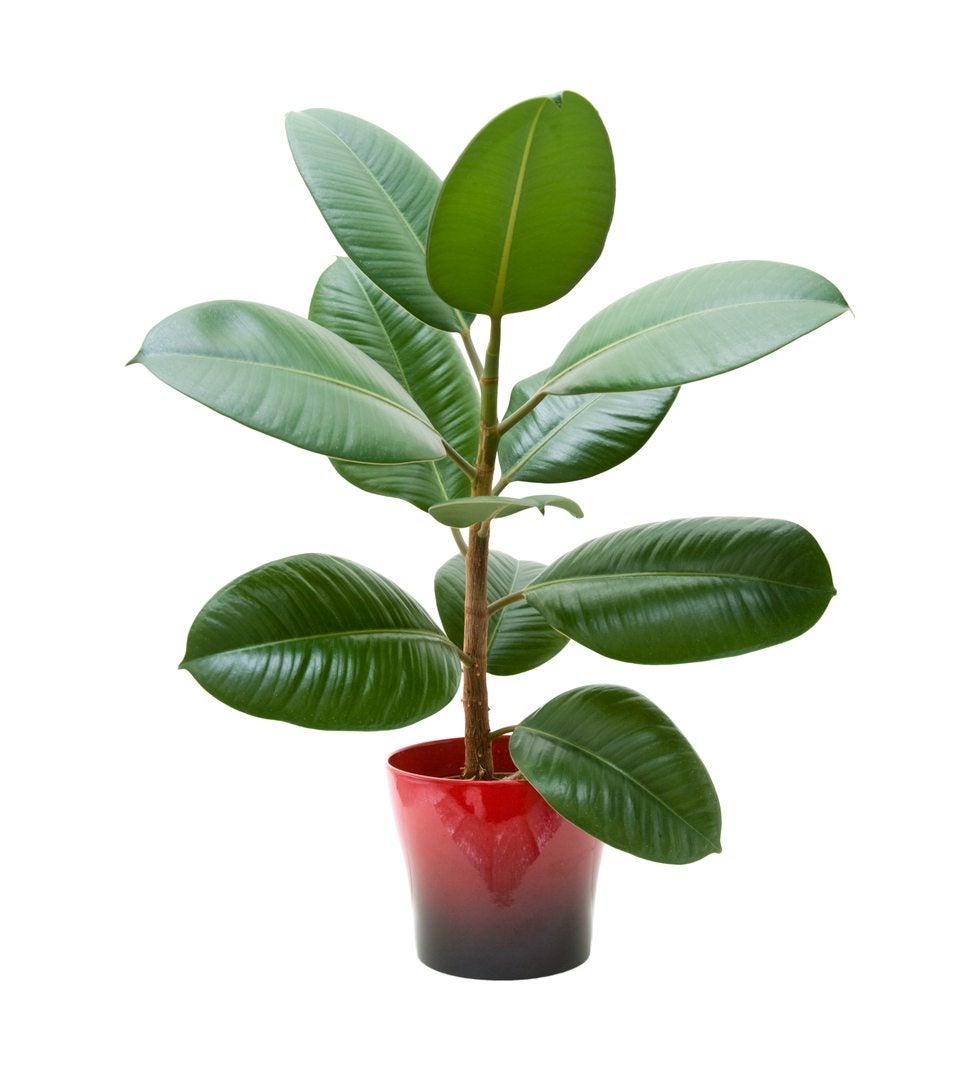
If you’re looking up how to repot rubber tree plants, you probably already have one. Whether you have the variety ‘Rubra,’ with dark green leaves and light-colored mid-veins, or ‘Tricolor,’ with variegated leaves, their needs are essentially the same.
Rubber plants don’t mind being grown in pots because they originate in Southeast Asian rainforests where, like most rainforests, the soil layer is very thin and plants typically don’t root as deeply as those in temperate forests. Keep reading to learn more about rubber tree plant potting.
When Does Rubber Plant Need a New Pot?
If your rubber plant is still small and/or you don’t want it to grow much or to grow slowly, your plant may only need a little top dressing. If this is the case, simply scrape off the top half inch to inch (1.2 to 2.5 cm.) of soil and replace it with an equal layer of potting soil, compost, or another medium that contains slow-releasing nutrients.
However, there will come a time when it is necessary to provide new space as well as nutrients to maintain the health and growth of your rubber tree plant. Potting it up is especially necessary if the rootball appears to be girdled, or growing around the sides of the pot. This tells you that you’re a bit past due for upgrading your plant to a bigger pot.
Repotting a Rubber Plant
Pick a pot that is somewhat larger than your current one without being excessively bigger. Usually increasing the pot size by 3 to 4 inches (8 to10 cm.) in diameter is sufficient for a large potted plant. If you use a pot that is too much larger than the current rootball, the soil may stay wet for too long after watering because there are no roots in the added soil to draw out the water, which can lead to root rot.
This is also a good time to consider the plant’s growth since the last time it was put in a pot. When repotting a rubber plant that has gained a lot of top growth, you may need to choose a heavier pot or weigh down the pot by adding some sand to the growing medium to prevent tipping over, especially if you have children or animals that may occasionally pull on the plant.
If you do use sand, be sure to use a coarse builder’s sand and not a fine child’s play sand. You’ll need the mix to contain a good amount of fertility in order to support the growth of the rubber plant for the next few months. Compost and potting soil both contain a good mix of slow-releasing nutrients that will help your rubber plant to thrive.
Gardening tips, videos, info and more delivered right to your inbox!
Sign up for the Gardening Know How newsletter today and receive a free copy of our e-book "How to Grow Delicious Tomatoes".
How to Repot Rubber Tree Plants
Once you have everything you need for repotting your rubber plant, it’s time to change pots. Remove the plant from its current pot and tease the roots some. This is also a good time to inspect the roots and perform any necessary root pruning. Add a fair amount of your soil medium to the base of the new pot.
Situate the rubber plant on top of this, adjusting as needed. You want the surface of the root ball just below the rim, and simply fill in around and over the root ball with soil. Be sure to leave about an inch (2.5 cm.) or so of space from the rim of the pot for watering. Water the plant well after repotting and allow the excess to drain out. Then care for your plant as normal.
Anni Winings obtained a bachelor degree in Dietetics/Nutrition, and merges that knowledge with her desire to grow as much healthy, tasty food for her family as possible. She also managed a public kitchen garden for a year in Tennessee, before moving to California where she gardens now. With gardening experience in four different states, she has gained a lot of experience in the limits and capabilities of different plants and different gardening environments.
She is an amateur garden photographer and an experienced seed saver of many garden crops. She is currently working on improving and stabilizing certain varieties of peas, peppers, and some flowers.
-
 4 Superfast Composting Methods: Turn Waste Into Garden Gold In 30 Days Or Less
4 Superfast Composting Methods: Turn Waste Into Garden Gold In 30 Days Or LessTry the fastest composting methods to turbocharge your pile and transform kitchen scraps and garden waste into finished compost in just a few weeks.
By Mary Ellen Ellis
-
 Best Spider Plant Soil – Complete Soil Guide And Expert Tips For Keeping Plants Happy
Best Spider Plant Soil – Complete Soil Guide And Expert Tips For Keeping Plants HappySpider plants are fun and easy plants to grow, but what is the best soil for a spider plant? Selecting the right soil is important so they can thrive.
By Bonnie L. Grant
-
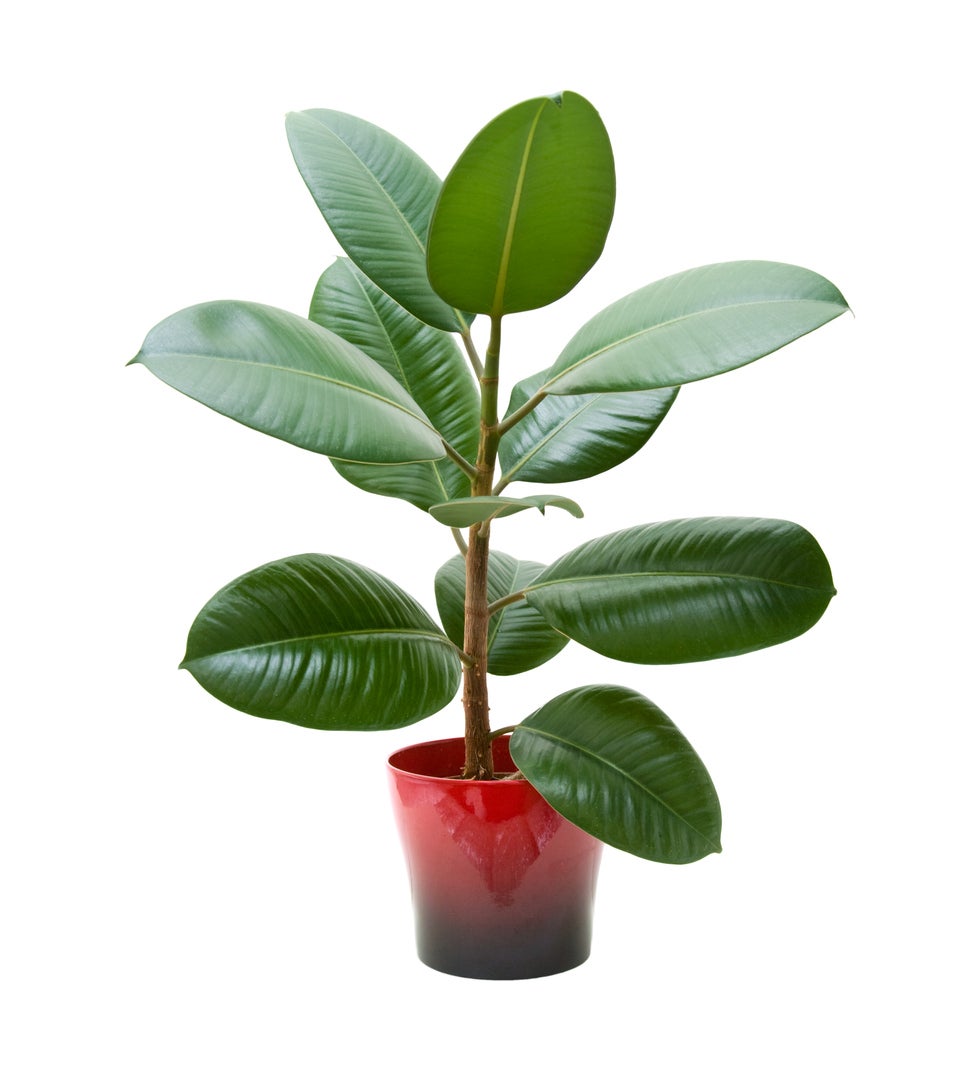 Rubber Plant Bugs: Fighting Pests On A Rubber Plant
Rubber Plant Bugs: Fighting Pests On A Rubber PlantUsually grown indoors, healthy rubber tree plants tend to be pest resistant. However, they can be infested by several sap-sucking pests. What to do if you notice rubber plant insects? Click this article for helpful tips and additional information.
By Mary H. Dyer
-
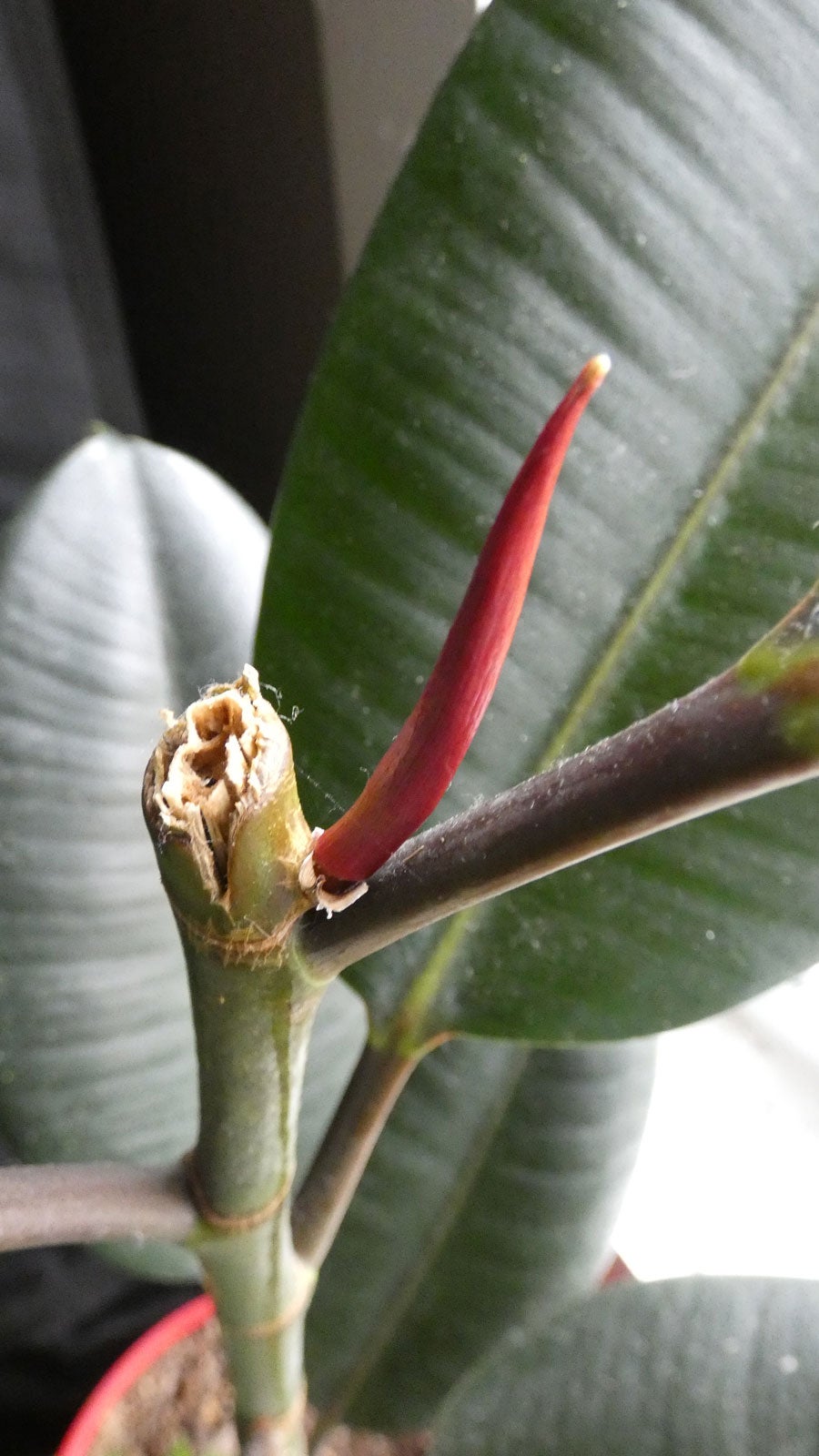 Rubber Tree Branching Tips: Why Won’t My Rubber Tree Branch Out
Rubber Tree Branching Tips: Why Won’t My Rubber Tree Branch OutThe rubber tree plant (Ficus elastica) can sometimes be temperamental, growing upward and refusing to grow side branches. There are a few reasons why your rubber tree won’t branch. Click on the following article and get your rubber tree branching this year.
By Becca Badgett
-
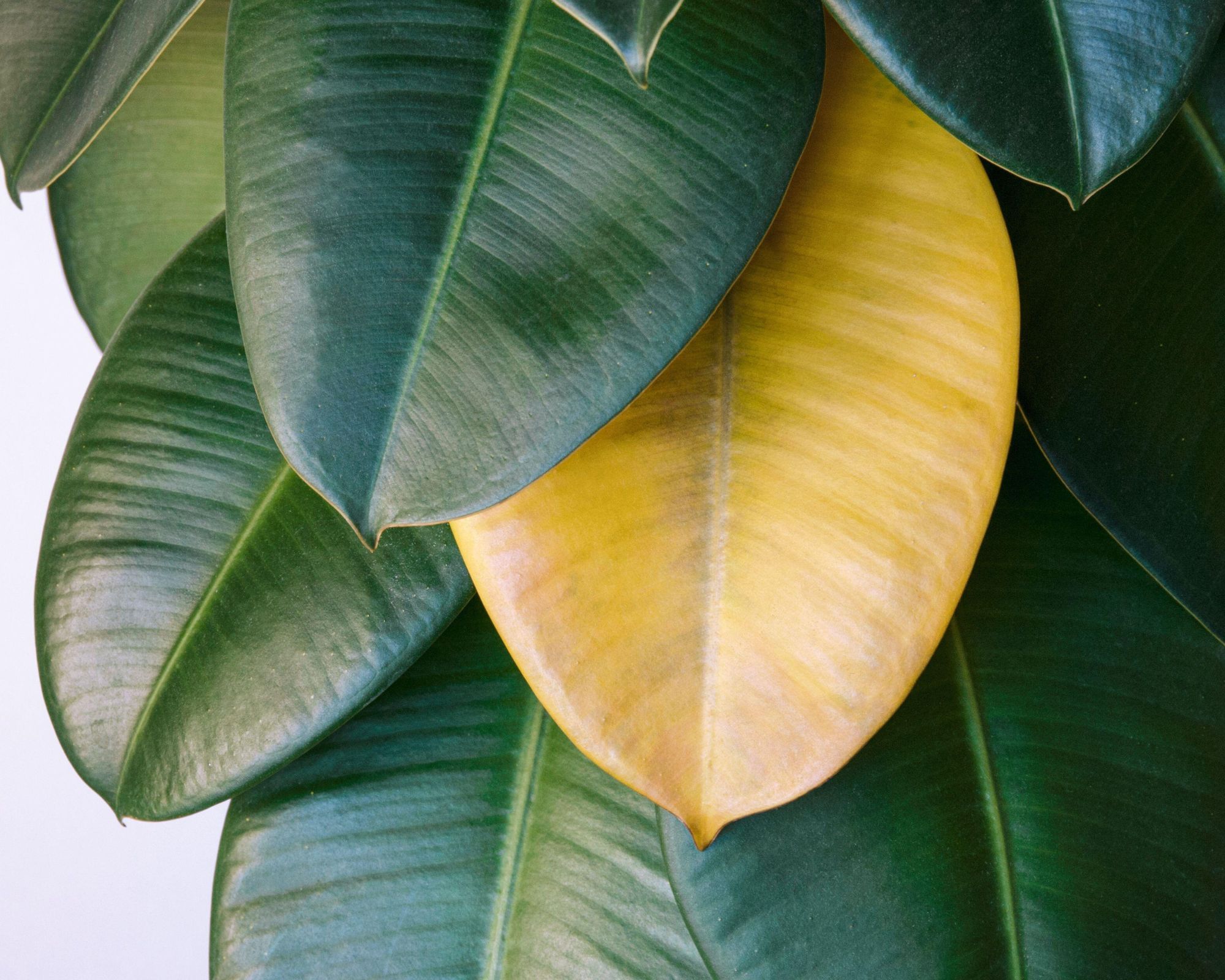 Yellow Rubber Tree Leaves – Reasons For Yellowing Leaves On A Rubber Plant
Yellow Rubber Tree Leaves – Reasons For Yellowing Leaves On A Rubber PlantNothing disrupts a plant's aesthetics more than the presence of unsightly yellow leaves. Right now, I seem to have lost my gardening mojo because my rubber plant leaves are turning yellow. Find a solution for yellow rubber tree leaves in this article.
By Shelley Pierce
-
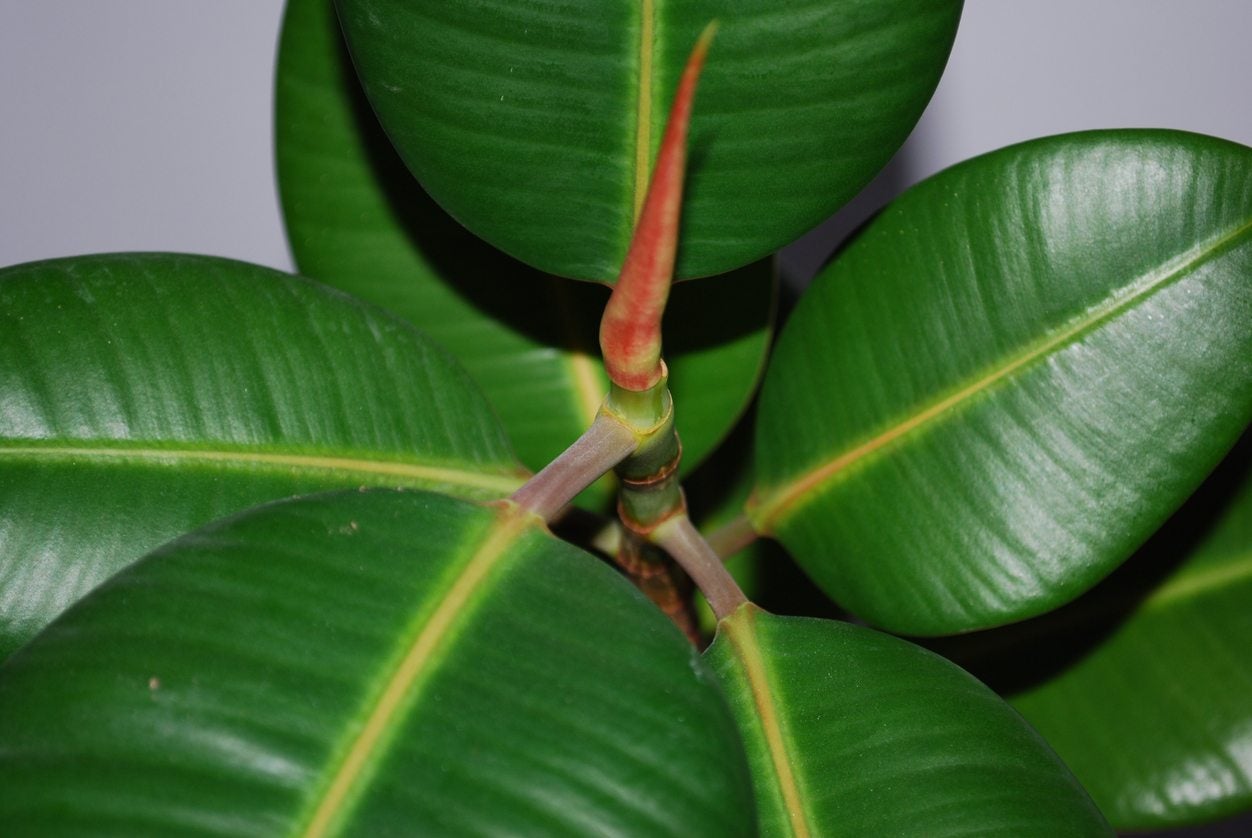 Watering A Rubber Plant: How Much Water Do Rubber Tree Plants Need
Watering A Rubber Plant: How Much Water Do Rubber Tree Plants NeedRubber tree plants are fairly easy to care for but dislike being moved and are fussy about water. Rubber plant watering must provide matching moisture to what the plants would find in their native Southeast Asian habitat. Learn about watering these plants here.
By Bonnie L. Grant
-
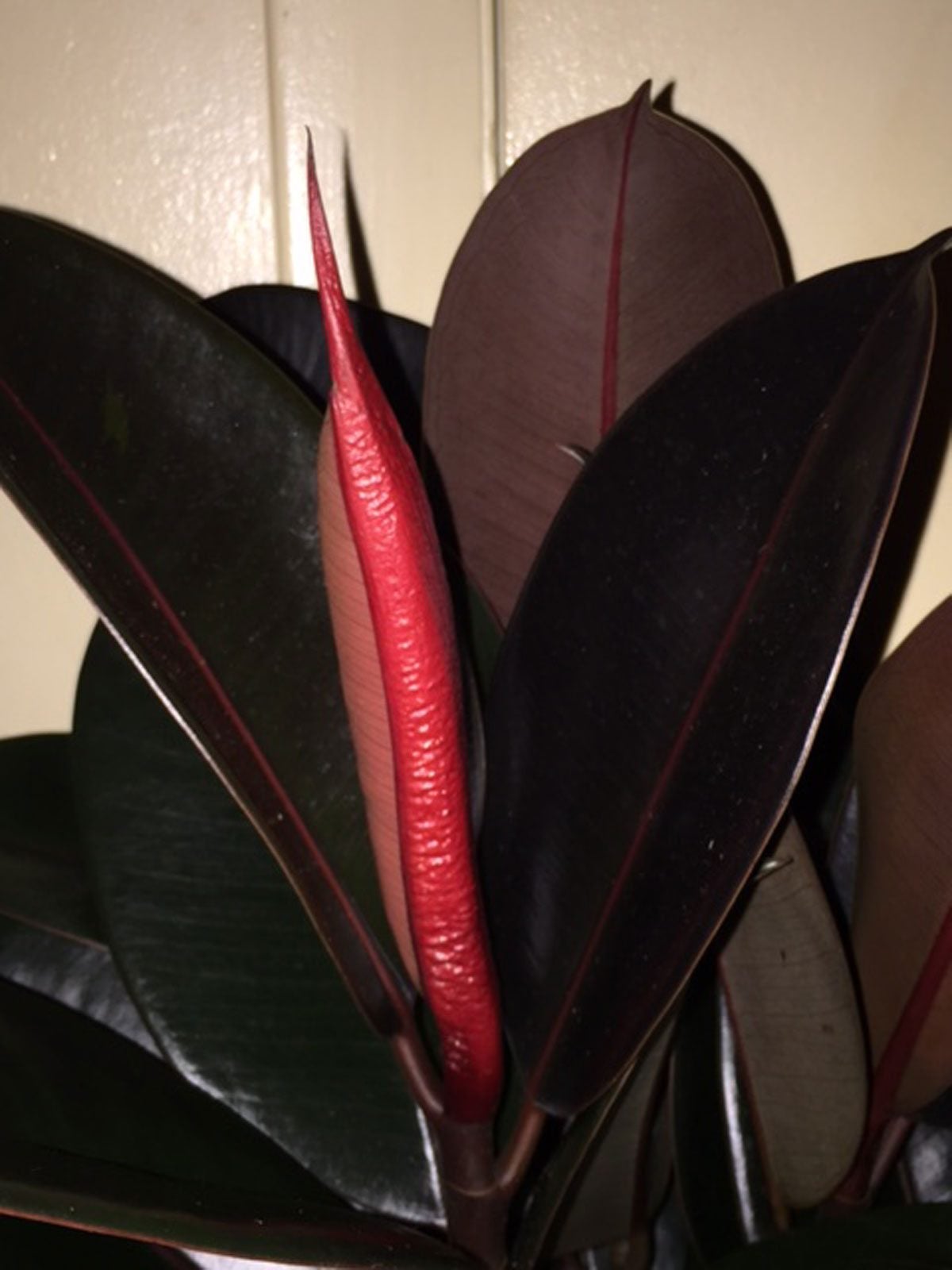 Red Sheath On Ficus: Does Rubber Plant Flower
Red Sheath On Ficus: Does Rubber Plant FlowerIf you've grown a rubber tree plant, especially the Burgundy type, and noticed what appears to be a beautiful flower unfurling, you might begin to wonder if rubber plant blooms or if this is your imagination. Find out in this article.
By Gardening Know How
-
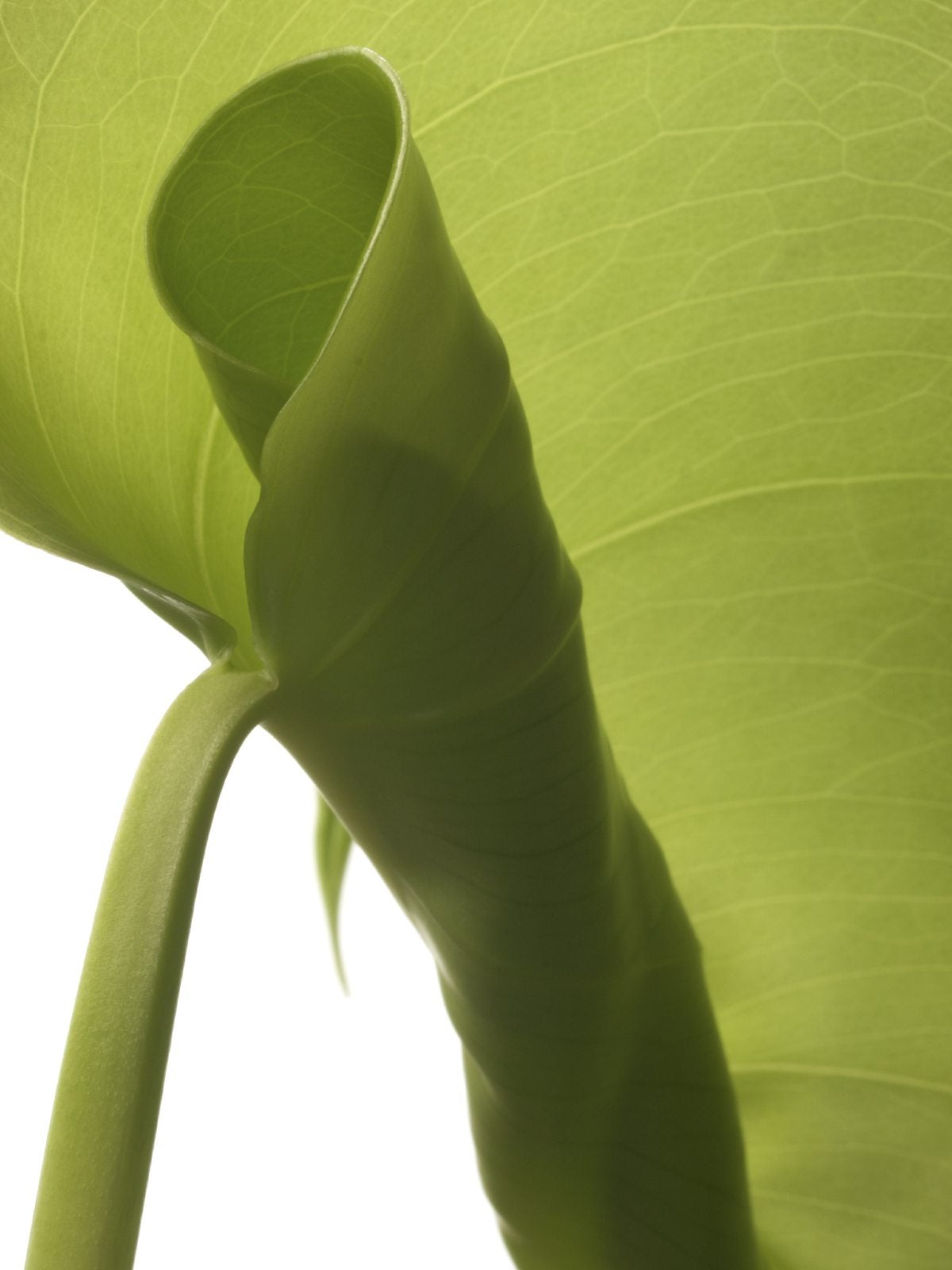 Leaf Curl On Rubber Plants: What Causes Rubber Plant Leaves To Curl
Leaf Curl On Rubber Plants: What Causes Rubber Plant Leaves To CurlAlthough rubber tree plant is relatively trouble-free, it can fall prey to various pests and diseases that can cause leaf curl on rubber plants. What causes rubber plant leaves to curl? There are several possible reasons. This article will help.
By Mary H. Dyer
-
 Rubber Plant Information: Taking Care Of A Rubber Plant Outdoors
Rubber Plant Information: Taking Care Of A Rubber Plant OutdoorsMost consider the rubber tree a large houseplant and find it is easy to grow and care for indoors. However, some people ask about growing outdoor rubber tree plants. Read here to find out.
By Becca Badgett
-
 How To Start A Rubber Tree Plant: Propagation Of A Rubber Tree Plant
How To Start A Rubber Tree Plant: Propagation Of A Rubber Tree PlantRubber trees are hardy and versatile house plants, which leads many people to wonder a??How do you get a start of a rubber tree plant?a?? Propagating rubber tree plants is easy and this article will help.
By Heather Rhoades